harmony 鸿蒙层叠布局
层叠布局
层叠布局(StackLayout)用于在屏幕上预留一块区域来显示组件中的元素,提供元素可以重叠的布局。 通过层叠容器Stack实现,容器中的子元素依次入栈,后一个子元素覆盖前一个子元素显示。
对齐方式
设置子元素在容器内的对齐方式。支持左上,上中,右上,左,中,右,右下,中下,右下九种对齐方式,如下表所示:
|名称| 描述|图示|
|—| —|—|
|TopStart| 顶部起始端|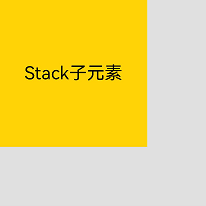 |
Top |顶部横向居中|
|
Top |顶部横向居中|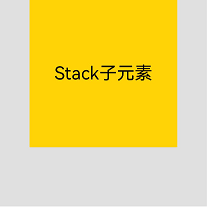 |
TopEnd| 顶部尾端|
|
TopEnd| 顶部尾端|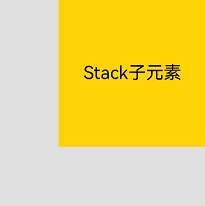 |
Start| 起始端纵向居中|
|
Start| 起始端纵向居中|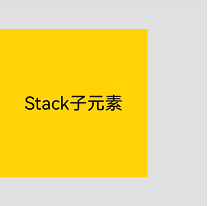 |
Center| 横向和纵向居中|
|
Center| 横向和纵向居中|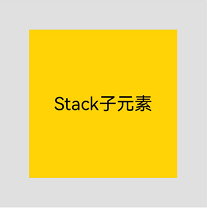 |
End| 尾端纵向居中|
|
End| 尾端纵向居中|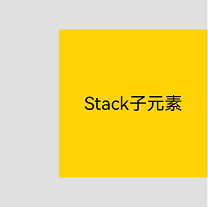 |
BottomStart |底部起始端|
|
BottomStart |底部起始端|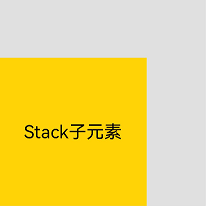 |
Bottom| 底部横向居中|
|
Bottom| 底部横向居中|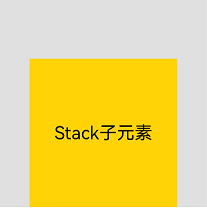 |
BottomEnd| 底部尾端|
|
BottomEnd| 底部尾端|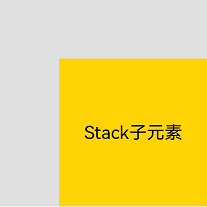 |
|
Z序控制
Stack容器中兄弟组件显示层级关系可以通过zIndex 属性改变。zIndex值越大,显示层级越高,即zIndex值大的组件会覆盖在zIndex值小的组件上方。
在层叠布局中,如果后面子元素尺寸大于前面子元素尺寸,则前面子元素完全隐藏。
Stack({ alignContent: Alignment.BottomStart }) { Column() { Text('Stack子元素1').textAlign(TextAlign.End).fontSize(20) }.width(100).height(100).backgroundColor(0xffd306) Column() { Text('Stack子元素2').fontSize(20) }.width(150).height(150).backgroundColor(Color.Pink) Column() { Text('Stack子元素3').fontSize(20) }.width(200).height(200).backgroundColor(Color.Grey) }.margin({ top: 100 }).width(350).height(350).backgroundColor(0xe0e0e0)
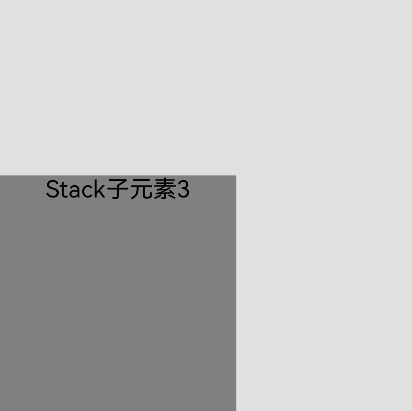
上图中,最后的子元素3的尺寸大于前面的所有子元素,所以,前面两个元素完全隐藏。改变子元素1,子元素2的zIndex属性后,可以将元素展示出来。
```ts
Stack({ alignContent: Alignment.BottomStart }) {
Column() {
Text('Stack子元素1').fontSize(20)
}.width(100).height(100).backgroundColor(0xffd306).zIndex(2)
Column() {
Text('Stack子元素2').fontSize(20)
}.width(150).height(150).backgroundColor(Color.Pink).zIndex(1)
Column() {
Text('Stack子元素3').fontSize(20)
}.width(200).height(200).backgroundColor(Color.Grey)
}.margin({ top: 100 }).width(350).height(350).backgroundColor(0xe0e0e0)
```

你可能感兴趣的鸿蒙文章
0
赞
- 所属分类: 后端技术
- 本文标签: